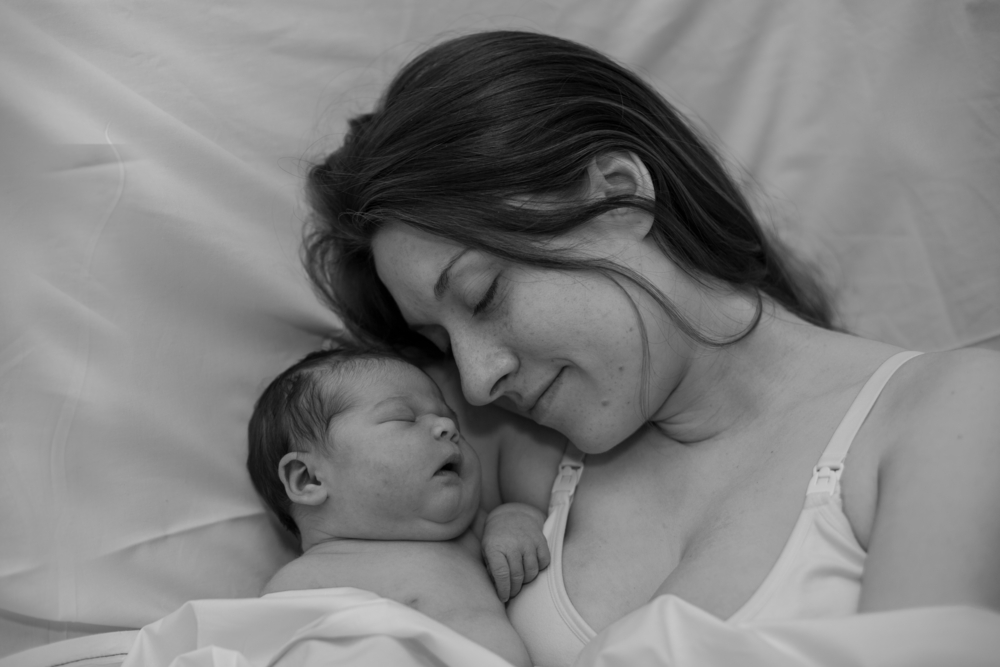Careful Observation, Aggressive Treatment Help Make PAH Patient’s Pregnancy a Success

Meticulous observation and aggressive treatment, along with a long-term hospital stay and a multidisciplinary approach, helped a woman with pulmonary arterial hypertension (PAH) have a successful pregnancy and delivery.
The study, “Role of Meticulous Observation: Successful Pregnancy in a 30-Year-Old Woman with Severe Pulmonary Hypertension,” appeared in the journal Tanaffos. It describes the woman, who was 18 weeks pregnant when she arrived at a hospital with breathing difficulties. She had already suffered four miscarriages and two elective premature abortions due to an uncontrolled medical condition.
Despite several recommendations by healthcare professionals, she refused to terminate the pregnancy. Following long discussions, the patient agreed to be treated with Ilomedin (iloprost) — a drug that dilates the blood vessels — and the blood thinner heparin. She took both drugs for three to four days at 20-day intervals. During the last month of her pregnancy, she was kept in the hospital under close observation and was given Ilomedin again during her admission.
At week 36 of the pregnancy, the patient underwent a successful caesarian section under general anesthetic. After delivery, she continued Ilomedin for another week, and then switched to Tracleer (bosentan). Doctors replaced heparin with Coumadin (warfarin). Because Tracleer may not be taken during pregnancy or breastfeeding, the woman interrupted breastfeeding while being treated with this drug.
A few days later, the patient was referred back to the hospital with severe breathing difficulties. Doctors took an echocardiography (ECG) and saw that the lower right chamber of her heart was severely enlarged, a typical manifestation of PAH. She again received Ilomedin. Once her condition stabilized, she was discharged with Tracleer.
Previous studies have put the maternal mortality rate among pregnant women with PAH at 30 to 56 percent. Yet the highest risk of death isn’t during delivery, but in the first 10 days after delivery. For that reason, doctors strongly discourage women with PAH from getting pregnant. In fact, both the American College of Cardiology and the American Heart Association recommend terminating such pregnancies.
However, new advanced therapies for treating PAH have emerged, leading to better overall management of the illness. Likewise, a better understanding of diseases affecting the heart and lungs, along with new multidisciplinary approaches, have significantly improved the management of high-risk pregnancies.
“While physicians strongly recommend termination of pregnancy in such patients, some of them might refuse and insist on delivery of the baby,” researchers concluded. “Similar pregnant cases with potential delivery are recommended to be evaluated for effective management of this condition.”







